Yutjuwala Djiwarr Aged Care: Kaunitz Yeung Architecture

Among Arnhem Land’s tropical savanna, a co-designed respite and palliative care home in Nhulunbuy is the result of decades of petitioning, resilience and a process of deep listening.
Post-occupancy evaluation: Time for some feedback?

Post-occupancy evaluation (POE) – the process and product of gathering systematic feedback about a building’s performance – is a vital yet perpetually underachieved part of the design process. It can help architects measure the intangibles of great design; it can identify problems from the use and perception of places; it can improve strategies for contemporary architectural practice. If used well, it can demonstrate the architect’s abilities to satisfy and persuade current and future clients. So, why do so few want to undertake POE?
An architecture of resistance: A.S. Hook address

The unexpected honour of receiving a Gold Medal from the Institute of Architects has led me to reflect on what I might contribute to an agenda for architecture in our time and place.
Cities on the front line

As Australia faces more intense extreme weather events, cities and urban infrastructure become increasingly vulnerable. Laure Poncet from the Australian Research Council Centre of Excellence for Climate Extremes looks at what happened across the country in 2023, and what we need to design for the future.
Capturing and communicating social impact
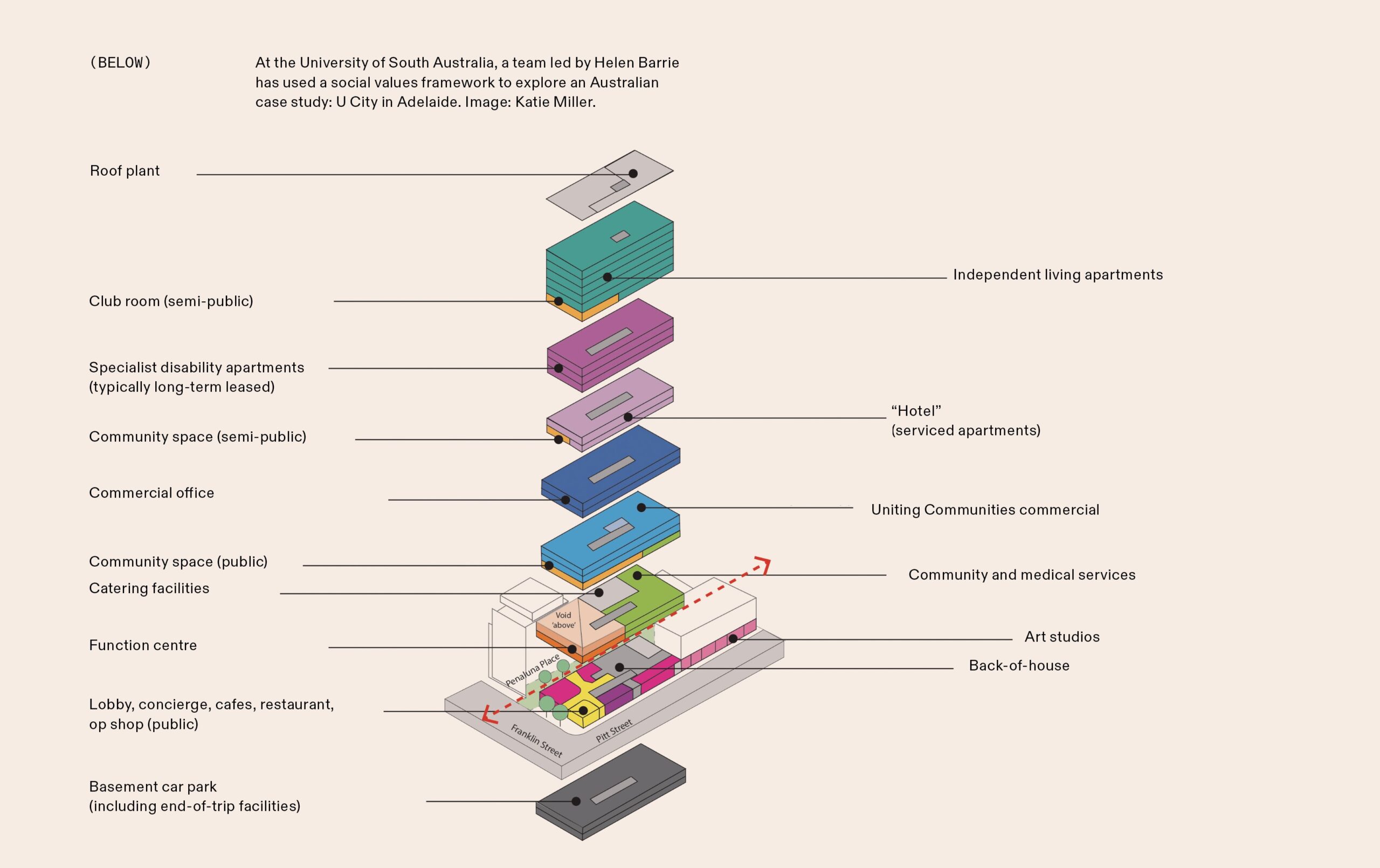
To capitalise on the opportunity presented by the increasing recognition of architecture’s social impact, we need to shift the ways we demonstrate our value, says Flora Samuel.
119 Redfern Street: Aileen Sage with Djinjama, Jean Rice and Noni Boyd

A question that has been percolating in my mind for several years now is: How can architecture in Australia respectfully engage with both Indigenous heritage and post-settlement non-Indigenous heritage? How can we create architecture that responds to multiple stories and histories, however difficult and tricky those relationships might be, and what might this look like?
Material specificity: A “radically conservative” approach
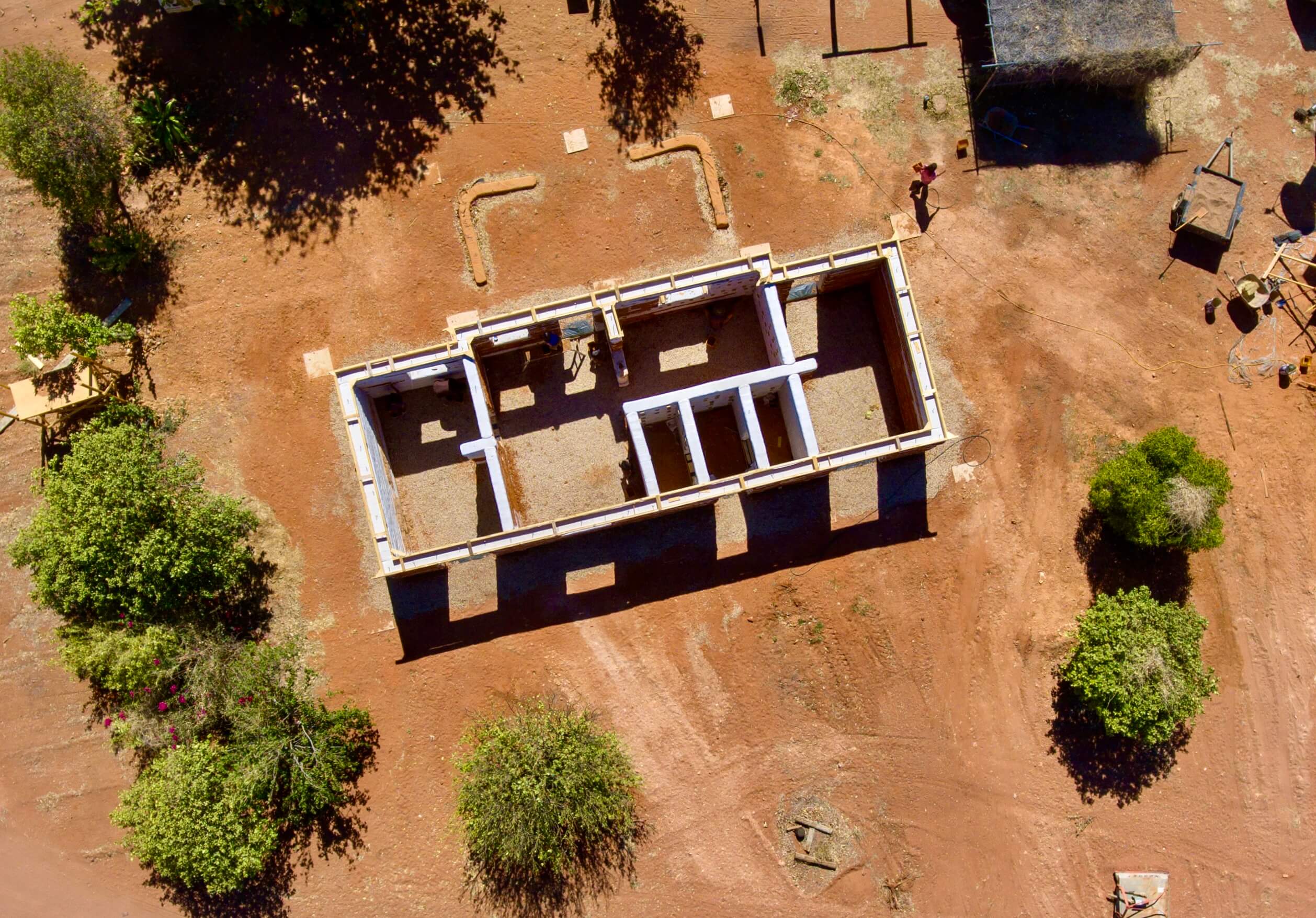
As a transformative profession, architecture inevitably impacts the Country whose materials it consumes. By grounding design processes in Country and embracing the nuances of place, we can achieve fit-for-purpose built outcomes that could exist nowhere else, explains Michael McMahon.
Custodianship over consumption: Shifting the architectural process
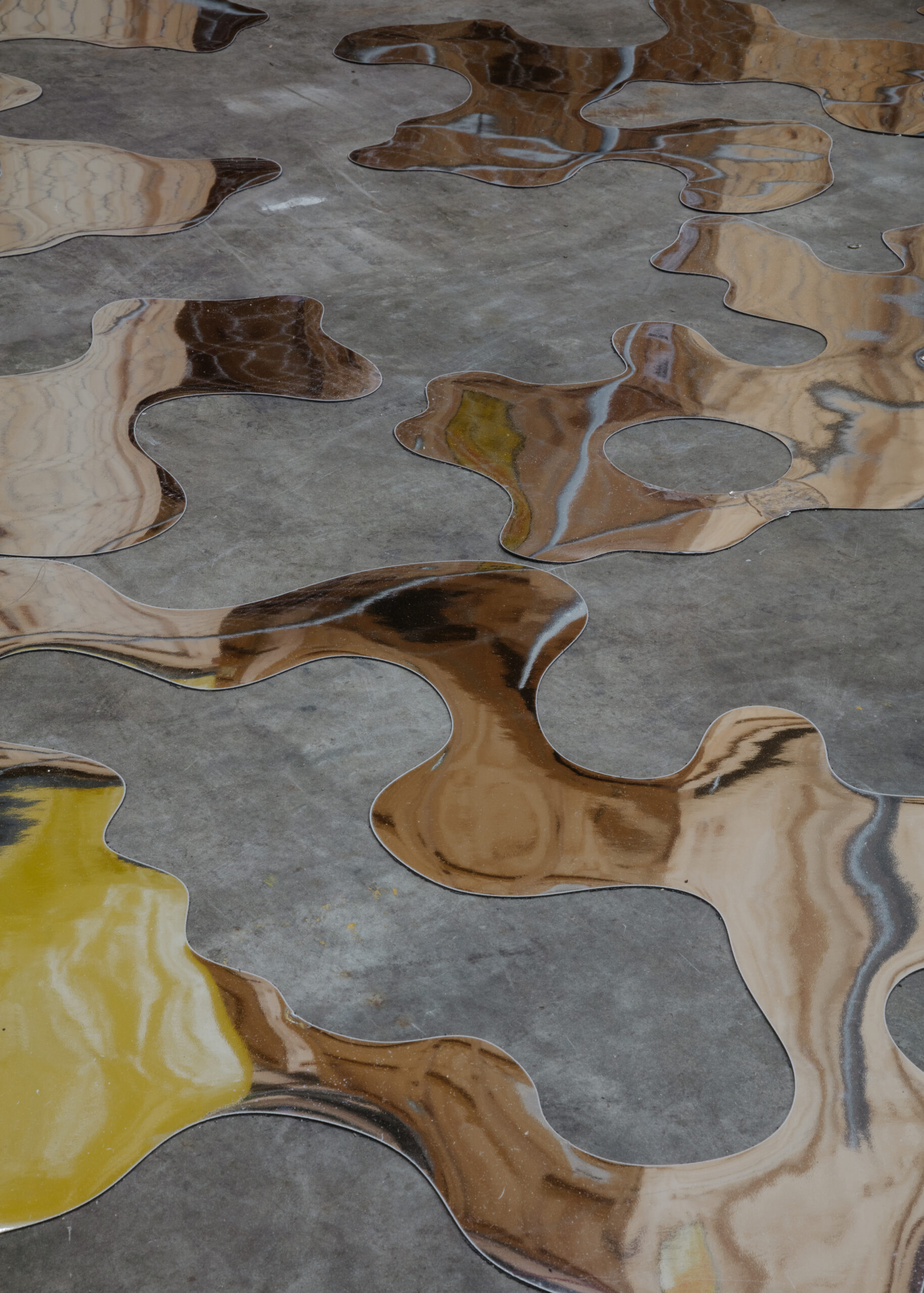
In an optimistic roundtable, Philip Oldfield spoke to the founders of three “next gen” practices that are taking a different approach to material selection and, despite the obstacles, gaining increasing traction in the industry.
Escala: Six Degrees Architects
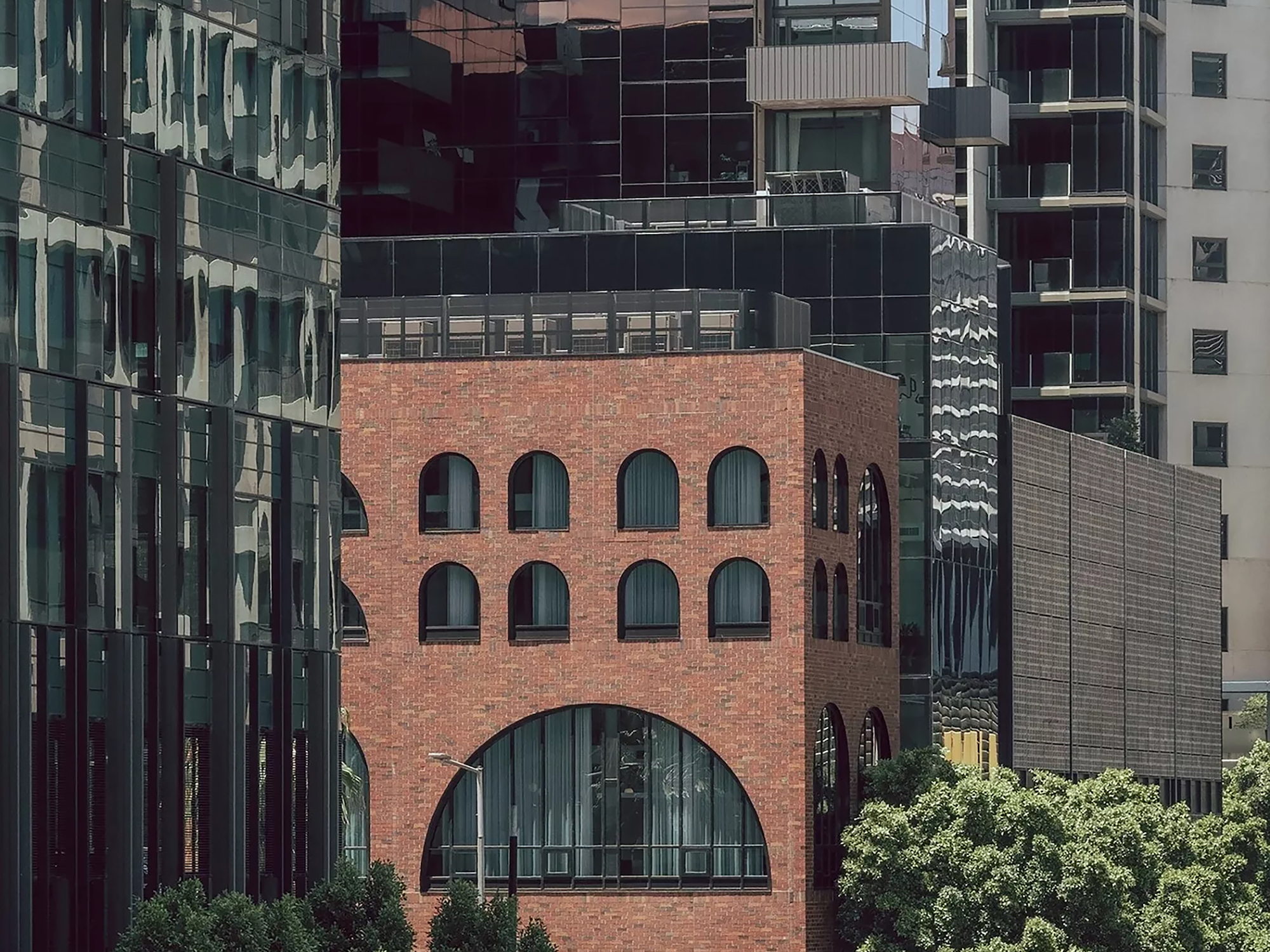
The inner-city Melbourne suburb of Docklands, located on the unceded lands of the Wurundjeri Woi-wurrung and Bunurong Boon Wurrung people of the Kulin nation, has been the subject of a multitude of visions, proposals and frameworks, mapped over the area from the 1980s onwards as discussions about the site’s redevelopment gained momentum. A number of these plans sought to establish meaningful connections between Docklands and the nearby CBD. However, as Kim Dovey observed in 2005, the harbour remained “largely hidden from the everyday lifeworld of the city and did not feature on the collective cognitive map.”
Talking circular: Lasse Lind on designing-in the capacity to change
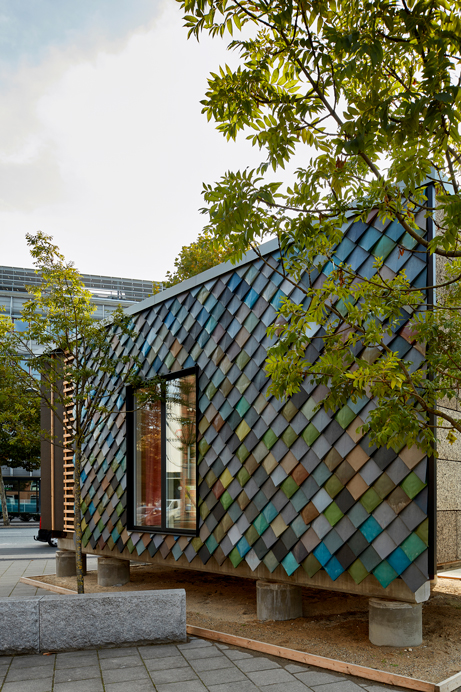
As the research group at Copenhagen-based 3XN Architects, GXN focuses on circular design, behavioural design, and technology, pushing for industry innovations to make built environments more sustainable. Philip Oldfield spoke to GXN partner Lasse Lind about the group’s role and what’s hindering the shift.
